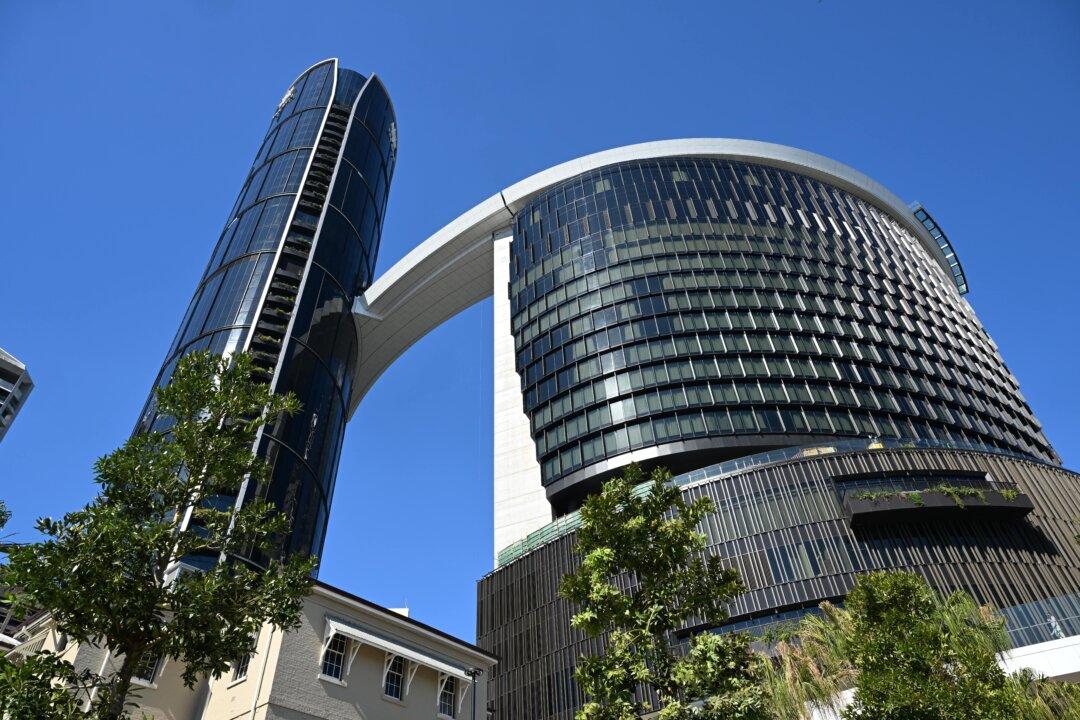The mood among Australian manufacturers has dived as the economic outlook darkens.
Manufacturing businesses have reported a pullback in new orders, stubbornly high costs for materials, energy and labour and ongoing worker shortages.
According to the quarterly business survey, 32 percent of respondents expect the general business environment to get worse in the next six months.
Westpac chief economist Bill Evans said conditions in the manufacturing sector were flatlining, with the composite index falling to 50.7 in the June quarter from 53.9 in the three months to March.“The fading of earlier tailwinds and rising interest rates are contributing to a downbeat outlook for demand while labour shortages and cost pressures persist,” he said.
The report pointed to persistent cost pressures on manufacturers, with 67 percent of firms reporting a rise in average unit costs.
This was down from 70 percent in the March quarter, which was among the highest readings since 1982.
Firms are passing on higher costs to consumers, but not enough to stop margins from shrinking, respondents reported.
Although the slowing economy and the influx of migrants have taken the edge off the competitive labour market, manufacturers are still reporting workforce shortages.
Firms struggled to add workers over the June quarter largely because of difficulties sourcing labour, with a net one percent of firms reporting an uplift in employment over the quarter.
A slowdown in new orders also likely put a handbrake on new hiring, with a net one per cent of respondents reporting a decline in the June quarter. In the March quarter, new orders lifted by 15 percent.
The health check on the manufacturing sector comes as stubborn inflation threatens to cause a sharper downturn in Australia than predicted earlier.
S&P Global has wound back its growth forecasts for Australia as sticky inflation has prompted the Reserve Bank to lift interest rates to levels last seen in 2011, with more likely to come.
The major rating agency has wiped 0.2 percent off Australia’s 2023 growth prediction and half a percentage from the 2024 forecast.
The agency now forecasts the Australian economy will expand by 1.4 percent in 2023 and 1.2 percent in 2024.
Treasurer Jim Chalmers said it was true the Australian economy would slow considerably, but a recession was not predicted by Treasury nor the Reserve Bank.
“That’s what happens when you have all of these interest rate rises which began before the election and continued afterwards, and that’s what happens when you’ve got a pretty substantial slowdown in the global economy as well,” Chalmers said on Wednesday.
Opposition Leader Peter Dutton said a coalition government would have shied away from some of the policies Labor had included in its last two budgets.
“A lot of Australians have come off or are about to come off a low-interest rate mortgage product, and they’re going to face a very significant increase in their mortgage repayments under this government,” Dutton said.





